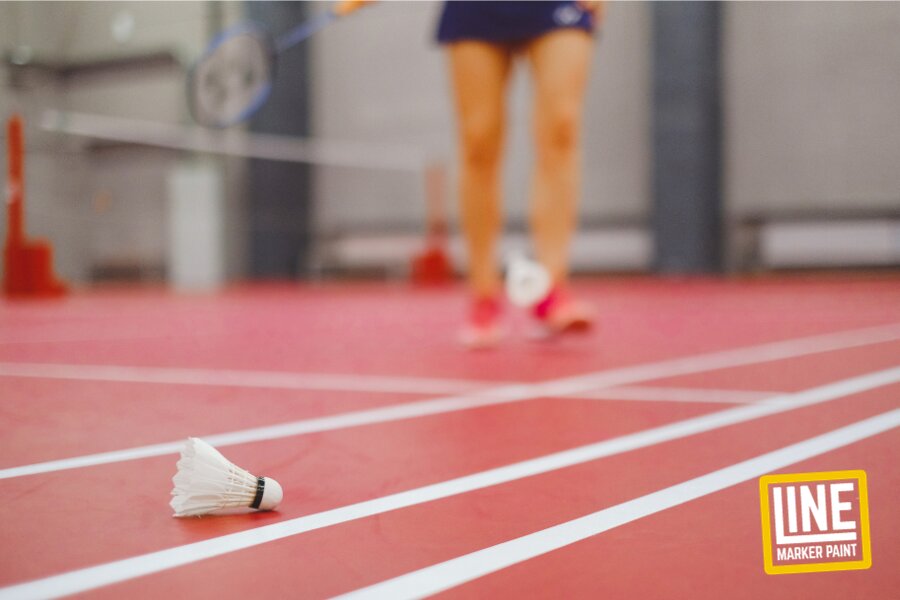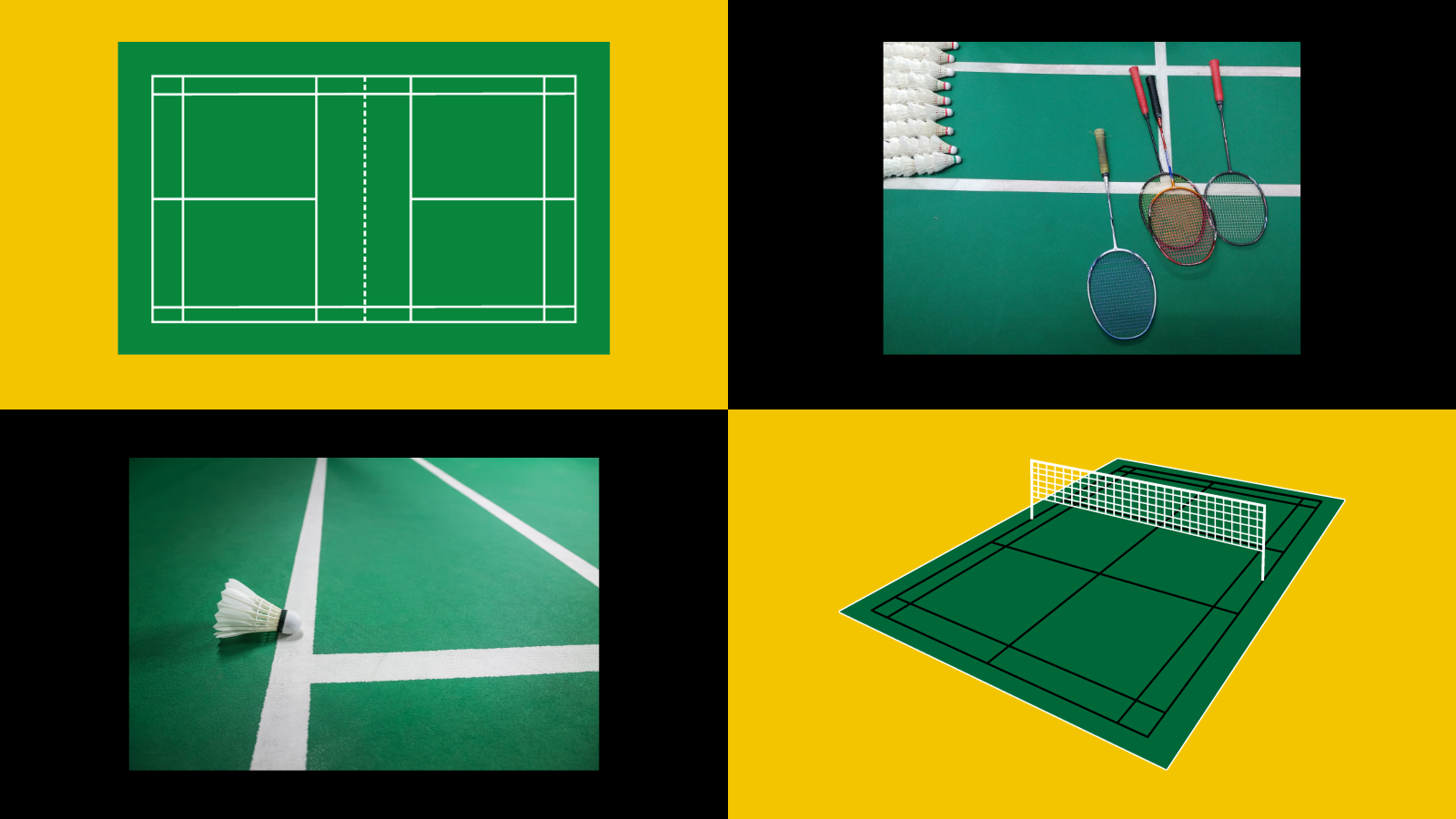The Dimensions of a Badminton Court

INTRODUCTION:
China, Japan, Korea, Indonesia, and Malaysia - these are the top 5 countries in 2023 in a world-famous sport. Can you guess what sport that is? The sport is badminton, which has gained immense popularity and has a rich history in these countries. Millions of people play badminton worldwide, and for the best gameplay, a particular court size and configuration are necessary. The fast-paced aspect of this racquet sport is what draws viewers to badminton. There is literally no room for error considering the speed at which a shuttlecock travels. It can be either a 400-kph shuttle or an extremely precise drop shot. Thus, line marking is an essential part of creating a badminton court, as it helps players determine the boundaries and ensures fair play. The overall layout might mean the difference between winning and losing!
OVERALL DIMENSIONS:
The Badminton World Federation (BWF) standardises the dimensions of a badminton court to maintain uniformity in competitions and tournaments. These dimensions include the length, width, and height of the court, as well as the placement of various lines such as the boundary lines and service lines. A badminton court serves the purpose of two types of competitions, namely singles and doubles. A full badminton court is generally 14.72 metres diagonally, and the overall length of the court is 13.40 metres. The key difference between the singles' and doubles' courts is the width, with the singles' court being narrower at 5.18 metres compared to the doubles' court, which has a width of 6.10 metres. This difference in width allows for different strategies and gameplay dynamics in each type of competition. The height of the net is set at 1.55 metres at the edges and 1.52 metres at the centre. The lines that mark the court should be either white or yellow and 40 millimetres wide, so that they are conveniently distinguishable.

SIDELINES:
The length of a badminton court is 13.40 metres, as mentioned above. There are two sets of sidelines, one for singles and one for doubles. The singles' sidelines are 5.18 metres apart, while the doubles sidelines run wide until 6.10 metres. Therefore, there are a total of four sidelines needed to mark the boundaries of the court.
Estimation: With a standard Zebra hard surface line marking machine, approximately 0.21 litres of paint would be needed for four sidelines.
BASELINES:
The baselines are the same for both types of matches. They are located at the ends of the court and are parallel to each other. They serve as the boundary lines for the length of the court. Each of them is 6.10 metres long.
Estimation: With a standard Zebra hard surface line marking machine, approximately 0.05 litres of paint would be needed for two baselines.
CENTRE LINE:
There are two service courts on each side of the court. They are divided into two halves by a centre line. The line starts from the short service line all the way to the baseline, measuring 4.72 metres in length. The centre line also helps players determine their positioning during gameplay.
Estimation: With a standard Zebra hard surface line marking machine, approximately 0.04 litres of paint would be needed for two centre lines.
SERVICE LINES:
The doubles service line is 0.76 metres from the baseline, while the short service line is 1.98 metres from the net. They are both as long as the baselines. There are four service courts in total, each measuring 3.96 metres long and 2.59 metres wide. In singles, the serving area extends from the short service line to the baseline on half of the court, determined by whether the server's score is even or odd. Similar to singles, doubles only allows the server to serve from one half of the court. However, in doubles, the serving boundary stretches from the short service line to the doubles service line only.
Estimation: With a standard Zebra hard surface line marking machine, approximately 0.10 litres of paint would be needed for four service lines.
MARKING THE LINE:
Line Marker Paint provides a diverse selection of products for marking badminton courts. Within our range of line marking machines, applicators, and paints, the Zebra Line Marking System stands out as a top favourite. The Zebra line marking system boasts remarkable adaptability and is suitable for application on various hard surfaces, such as badminton courts, car parks, and warehouses. Zebra's distinctive paint formula contains a higher concentration of pigment solids compared to its rivals. As a result, it is capable of creating vivid, sharp lines that perfectly suit any badminton court.
Typically, a standard badminton court would need around 0.4 litres of paint, covering a maximum distance of 107 metres. We encourage you to give our new line marking paint calculator a try for a precise estimate tailored to your specific field dimensions. If you prefer professional support for your line marking project, our team of experts is ready to offer guidance and advice. Don't hesitate to reach out to us by phone or through Live Chat.
